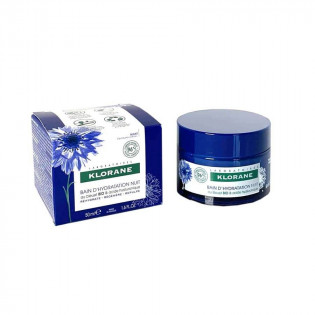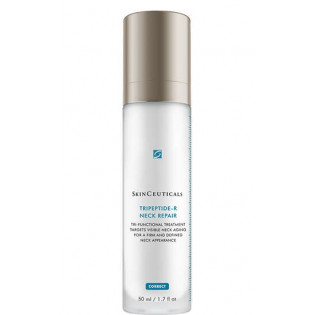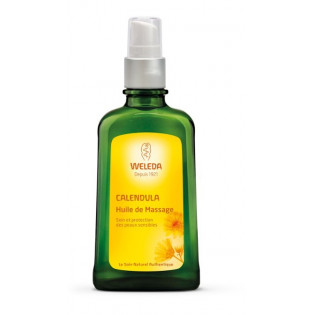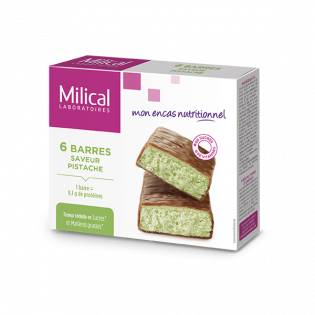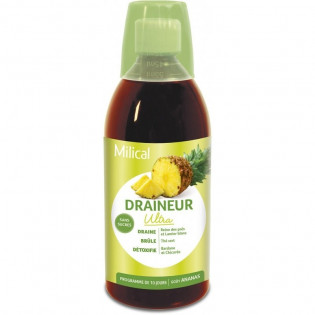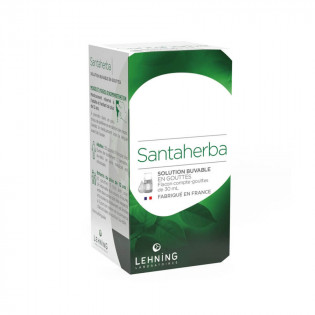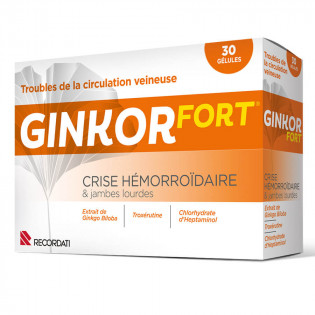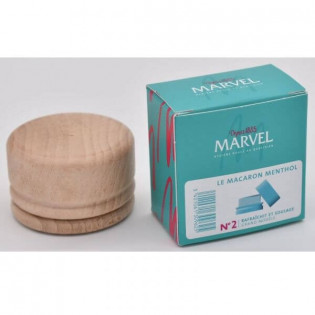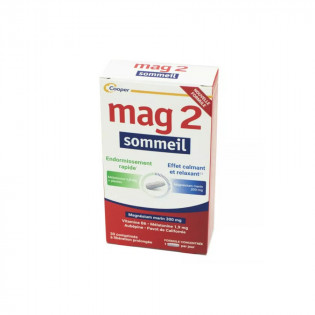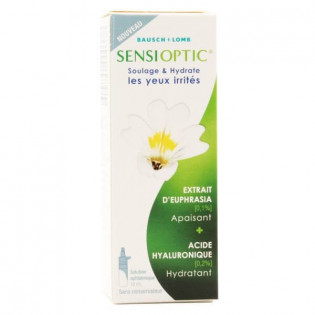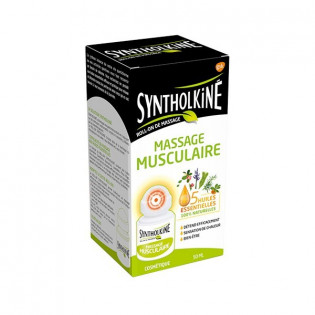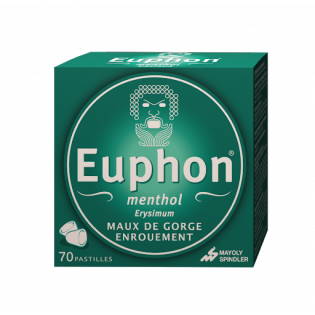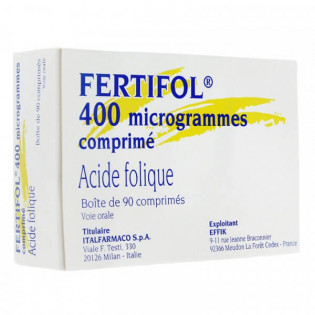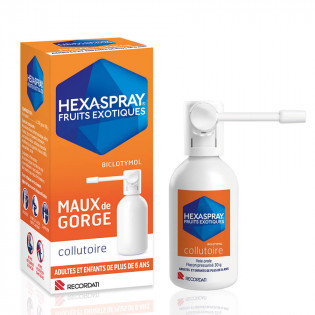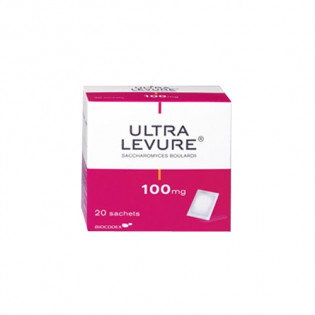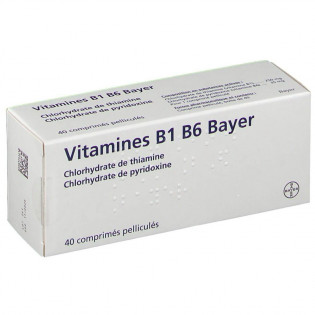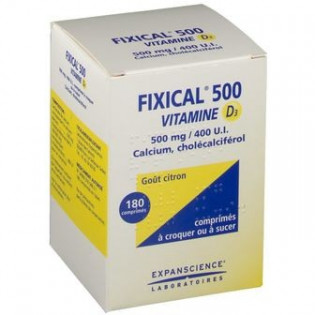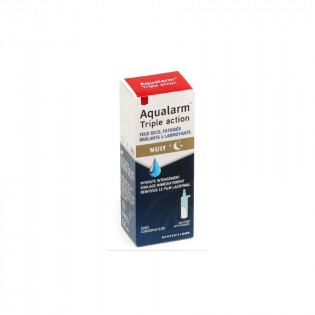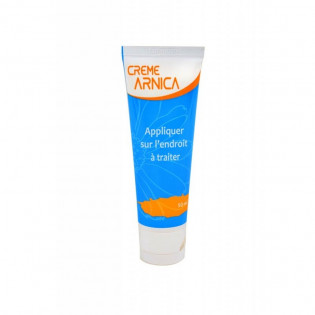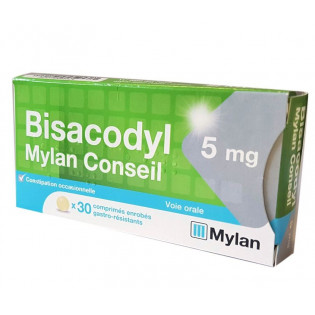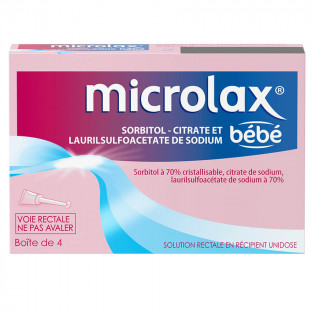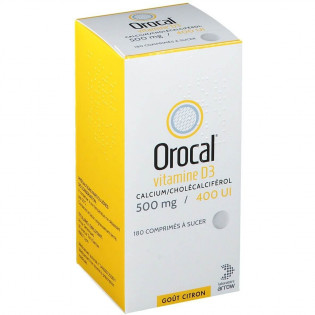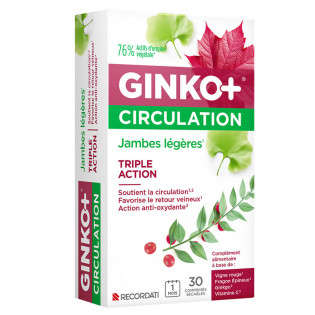The active ingredient isacetylcysteine 2g / 100 ml.
Other components are: Methyl parahydroxybenzoate, sodium benzoate, sodium edetate, sodium carmellose, sucralose, sodium cyclamate, sodium saccharin, raspberry flavor (4-parahydroxyphenyl 2-butanone, alcohol, isoamylacetate, propylene glycol), sodium hydroxide, purified water.
Dosage of Fluimucil 2%
Adults with a wet cough can take one 10 ml measuring cup 3 times a day.
Treatment should not last more than 6 days without medical advice. If you have oily and purulent sputum, fever, if your condition does not improve, you must consult your doctor
Precautions for use of Fluimucil 2%
Fluimucil 2% should not be administered in case of allergy to one of its constituents, (methyl parahydroxybenzoate (E218))
Fluimucil should be taken with caution if you have a stomach or duodenum ulcer. As this medicine contains 34.6 mg of sodium per 10 ml cup, this should be taken into account in patients who need to control their dietary intake of sodium.
You are advised to inform your doctor or pharmacist if you are taking any other medicine, even if you have obtained it without a prescription, as this will help to avoid interactions or overdose.
If you are pregnant or breastfeeding, you should seek advice from your doctor before taking any medicine
1. NAME OF THE MEDICINAL PRODUCT
FLUIMUCIL EXPECTORANT ACETYLCYSTEINE 2% ADULT SUGAR-FREE, drinkable solution sweetened with saccharin sodium, sodium cyclamate and sucralose
2. QUALITATIVE AND QUANTITATIVE COMPOSITION
Acetylcysteine ....................................................................................................................... 2,00 g
Per 100 ml.
Notable excipients: sodium, sodium benzoate, methyl parahydroxybenzoate (E218), ethanol, propylene glycol.
For a full list of excipients, see section 6.1.
3. PHARMACEUTICAL FORM
Oral solution.
4. CLINICAL DATA
4.1 Therapeutic indications
Disorders of bronchial secretion. Recent respiratory disorders with difficulty in spitting out bronchial secretions in adults (difficulty in spitting out bronchial secretions).
4.2. Dosage and method of administration
For adults only.
Dosage
600 mg per day, in 3 doses, i.e. 1 measuring cup of 10 ml, 3 times a day.
The duration of treatment should not exceed 6 days without medical advice.
Method of administration
Oral administration.
No interaction with food has been reported; there are no indications for administration before or after meals.
4.3. Contraindications
Hypersensitivity to the active substance or to any of the excipients mentioned in section 6.1.
4.4. Special warnings and precautions for use
Productive coughs, which represent a fundamental element of bronchopulmonary defence, must be respected.
The combination of a mucolytic with a cough suppressant and/or a substance that dries up secretions (atropinics) is irrational.
Caution should be exercised when used in patients with peptic ulcer disease or a history of this condition, especially if other drugs with a known irritant effect on the gastric mucosa are administered concomitantly.
Patients with bronchial asthma should be closely monitored during treatment. If bronchospasm occurs, acetylcysteine should be discontinued immediately and appropriate treatment instituted.
The administration of acetylcysteine, especially at the beginning of treatment, may thin the bronchial secretions and increase their volume. If the patient is unable to expectorate effectively, postural drainage and bronchoaspiration should be performed.
Acetylcysteine may moderately affect histamine metabolism; therefore, caution should be exercised when administering the drug as a long-term treatment in patients with histamine intolerance, due to the possible occurrence of symptoms of intolerance (headache, vasomotor rhinitis, pruritus).
A slight sulphurous odour does not indicate a deterioration of the product but is due to the specific nature of the active ingredient.
This medicinal product contains methyl parahydroxybenzoate (E218) and may cause allergic reactions (possibly delayed).
This medicine contains 38.21 mg of sodium per 10 ml well, which is equivalent to 1.9% of the WHO recommended maximum daily intake of 2 g of sodium per adult.
This medicine contains 15 mg of sodium benzoate per 10 ml well
This medicine contains small amounts of ethanol (alcohol), less than 100 mg per 10 ml well.
This medicine contains 18.75 mg of propylene glycol per 10 ml well.
Treatment should be reassessed if symptoms or disease persist or worsen.
4.5. Interactions with other medicinal products and other forms of interaction
Cough suppressants and mucolytic agents such as acetylcysteine should not be given concomitantly, as the reduction in cough reflex may result in accumulation of bronchial secretions.
Activated charcoal may reduce the effect of acetylcysteine.
Dissolution of acetylcysteine formulations with other drugs is not recommended.
Reports of inactivation of antibiotics resulting from acetylcysteine are so far based only on in vitro tests in which the substances concerned were mixed directly. Nevertheless, when oral administration of antibiotics or other drugs is required, it is advisable to administer them 2 hours apart from acetylcysteine. This does not apply to loracarbef.
Concomitant administration of nitrates and acetylcysteine has been shown to result in significant hypotension and increased vasodilation of the temporal artery. If concomitant treatment with nitrates and acetylcysteine is required, patients should be monitored for potentially severe hypotension. They should also be alerted to the possibility of headache.
Concomitant administration of acetylcysteine and carbamazepine may result in subtherapeutic carbamazepine concentrations.
Pediatric Population
Interaction studies have only been performed in adults.
Changes in laboratory tests
Acetylcysteine may interfere with the colorimetric assay used for salicylate determination. Acetylcysteine may interfere with the determination of ketonuria.
4.6. Fertility, pregnancy and lactation
Pregnancy
There are limited data on the use of acetylcysteine in pregnant women. Animal studies have not shown any direct or indirect deleterious effects on reproduction (see section 5.3).
As a precautionary measure, the use of FLUIMUCIL EXPECTORANT ACETYLCYSTEINE should be avoided during pregnancy.
The benefit/risk ratio should be assessed before use in pregnancy.
Nursing mothers
Data on the excretion of acetylcysteine and its metabolites into breast milk are not known.
A risk to the nursing child cannot be excluded.
A decision should be made whether to discontinue breast-feeding or to discontinue/withhold FLUIMUCIL EXPECTORANT ACETYLCYSTEINE, taking into account the benefit of breast-feeding to the child in relation to the benefit of treatment to the woman.
Fertility
There are no data on the effect of acetylcysteine on human fertility. Animal studies have not shown any deleterious effects on human fertility at the recommended doses (see section 5.3).
4.7. Effects on ability to drive and use machines
Acetylcysteine has no known effect on the ability to drive and use machines.
4.8. Adverse reactions
Safety profile summary
The most common adverse reactions associated with oral acetylcysteine administration are gastrointestinal in nature. Hypersensitivity reactions including anaphylactic shock, anaphylactic/anaphylactoid reactions, bronchospasm, angioedema, rash and pruritus have been reported less frequently.
Adverse Reaction Summary Table
The table below lists adverse reactions by organ system class and frequency: very common (≥ 1/10); common (≥ 1/100, < 1/10); uncommon (≥ 1/1,000, < 1/100); rare (≥ 1/10,000, < 1/1,000); very rare (< 1/10,000), undetermined frequency (cannot be estimated based on available data).
Within each frequency grouping, the observed adverse reactions are presented in descending order of severity.
|
Organ system classes
|
Adverse Reactions
|
|
Uncommon
(≥1/1000 à <1/100)
|
Rare
(>1/10 000 à <1/1000)
|
Very rare
(< 1/10 000)
|
frequency indeterminate
|
|
Immune system disorders
|
Hypersensitivity
|
|
Anaphylactic shock, anaphylactic/anaphylactoid reaction
|
|
|
Nervous System Conditions
|
Headache
|
|
|
|
|
Ear and labyrinth disorders
|
Tinnitus
|
|
|
|
|
Cardiac Conditions
|
Tachycardia
|
|
|
|
|
Vascular
|
|
|
Hemorrhage
|
|
|
Respiratory, thoracic and mediastinal disorders
|
|
Bronchospasm, dyspnea
|
|
|
|
Gastrointestinal disorders
|
Vomiting, diarrhea, stomatitis, abdominal pain, nausea
|
Dyspepsia
|
|
|
|
Skin and subcutaneous tissue disorders
|
Urticaria, rash, angioedema, pruritus
|
|
|
|
|
General disorders and administration site conditions
|
Fever
|
|
|
Facial edema
|
|
Investigations
|
Decreased blood pressure
|
|
|
|
There is also a risk of bronchial overcrowding, particularly in infants and in some patients who are unable to cough up effectively (see section 4.4).
Description of specific adverse reactions
In very rare cases, severe adverse reactions such as Stevens-Johnson syndrome and Lyell syndrome have been reported in association with acetylcysteine administration. In most cases, at least one other suspect drug with a higher probability of triggering the reported mucocutaneous syndrome has been identified. If recent mucocutaneous reactions occur, medical advice should be sought and acetylcysteine should be discontinued immediately.
A decrease in platelet aggregation in the presence of acetylcysteine has been confirmed by various investigations. The clinical significance has not yet been established.
Reporting of Suspected Adverse Reactions
Post-authorization reporting of suspected adverse reactions is important. It allows continuous monitoring of the benefit/risk ratio of the drug. Health professionals report any suspected adverse reaction via the national reporting system: Agence nationale de sécurité du médicament et des produits de santé (ANSM) and the network of Regional Pharmacovigilance Centres - Website: www.ansm.sante.fr.
4.9. Overdose
Healthy volunteers received 11.2 g of acetylcysteine orally per day for three months without serious adverse effects. Oral doses up to 500 mg acetylcysteine/kg body weight were well tolerated without any symptoms of toxicity.
Symptoms
Overdose may cause gastrointestinal symptoms such as nausea, vomiting and diarrhea.
Treatment
There is no antidote for acetylcysteine and treatment is symptomatic.
5. PHARMACOLOGICAL PROPERTIES
5.1. Pharmacodynamic properties
Pharmacotherapeutic class: MUCOLYTIC, ATC code: R05CB01
(R: Respiratory system)
Acetylcysteine is a mucomodifier of the mucolytic type. It exerts its action on the gel phase of mucus, presumably by breaking the disulfide bridges of glycoproteins, and thus promotes expectoration.
5.2. Pharmacokinetic properties
Acetylcysteine is rapidly resorbed; peak plasma concentration is reached within one hour after oral administration of 200 to 600 mg.
Bioavailability is in the order of 4 to 10% of the administered dose, probably due to intraluminal metabolism and a significant first-pass hepatic effect.
It is metabolized into several oxidized derivatives.
Its half-life is 2 hours. Renal clearance accounts for about 30% of total clearance.
5.3. Preclinical safety data
Non-clinical data from conventional safety pharmacology, repeated dose toxicology, genotoxicity and reproductive and developmental studies did not reveal any particular risk to humans.
In acute toxicity studies, oral LD50 values were established at 8 g/kg and >10 g/kg in mice and rats, respectively.
When administered for 12 weeks, an oral dose of 1 g/kg/day was well tolerated in rats. In dogs, oral administration of 300 mg/kg/day for one year did not result in toxic reactions.
Acetylcysteine was considered not to be genotoxic based on the results of in vitro and in vivo tests.
Reproduction studies were performed in rats at oral doses up to 2000 mg/kg per day and in rabbits at oral doses up to 1000 mg/kg per day and did not demonstrate impairment of female fertility or deleterious effects on the fetus due to acetylcysteine. In addition, treatment of male rats with acetylcysteine at an oral dose of 250 mg/kg per day for 15 weeks did not affect the fertility or general reproductive performance of the animals.
6. PHARMACEUTICAL DATA
6.1. List of excipients
Methyl parahydroxybenzoate (E 218), sodium benzoate, sodium edetate, sucralose, sodium carmellose, sodium saccharin, raspberry flavour (4 parahydroxyphenyl-2-butanone, alcohol, isoamylacetate, propylene glycol), sodium cyclamate, sodium hydroxide, purified water.
6.2. Incompatibilities
Not applicable.
6.3. Shelf life
2 years.
6.4. Special precautions for storage
Store at a temperature not exceeding +25°C.
After opening: keep for a maximum of 15 days.
6.5. Nature and contents of packaging
75 ml bottle (brown glass) with cup (polypropylene).
100 ml bottle (brown glass) with well (polypropylene).
150 ml bottle (brown glass) with well (polypropylene).
200 ml bottle (brown glass) with cup (polypropylene).
6.6. Special precautions for disposal and handling
Rinse the cup after use.
Close the bottle tightly after use
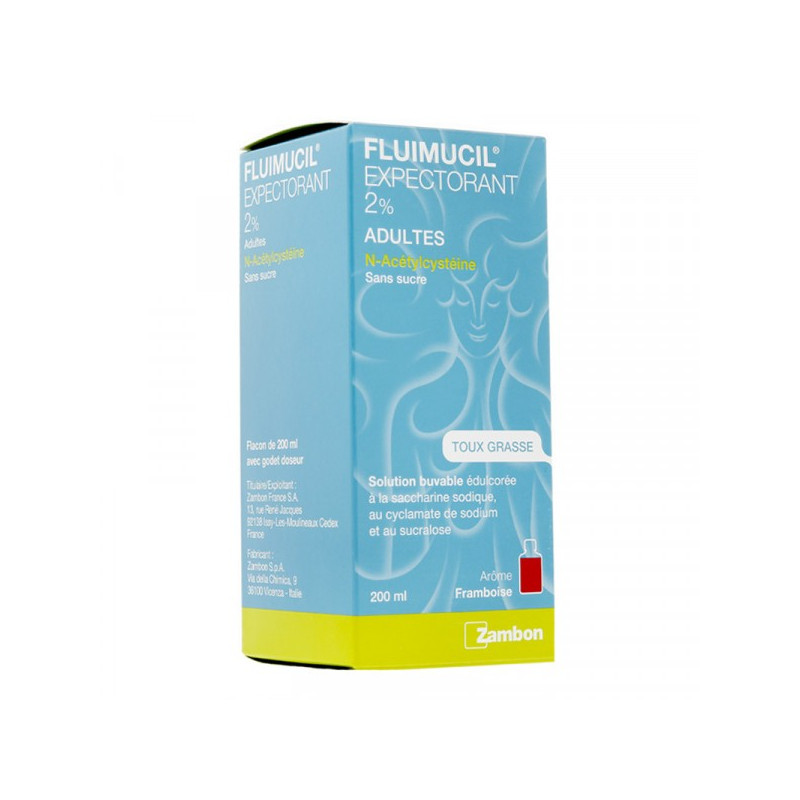
 Français
Français English
English
